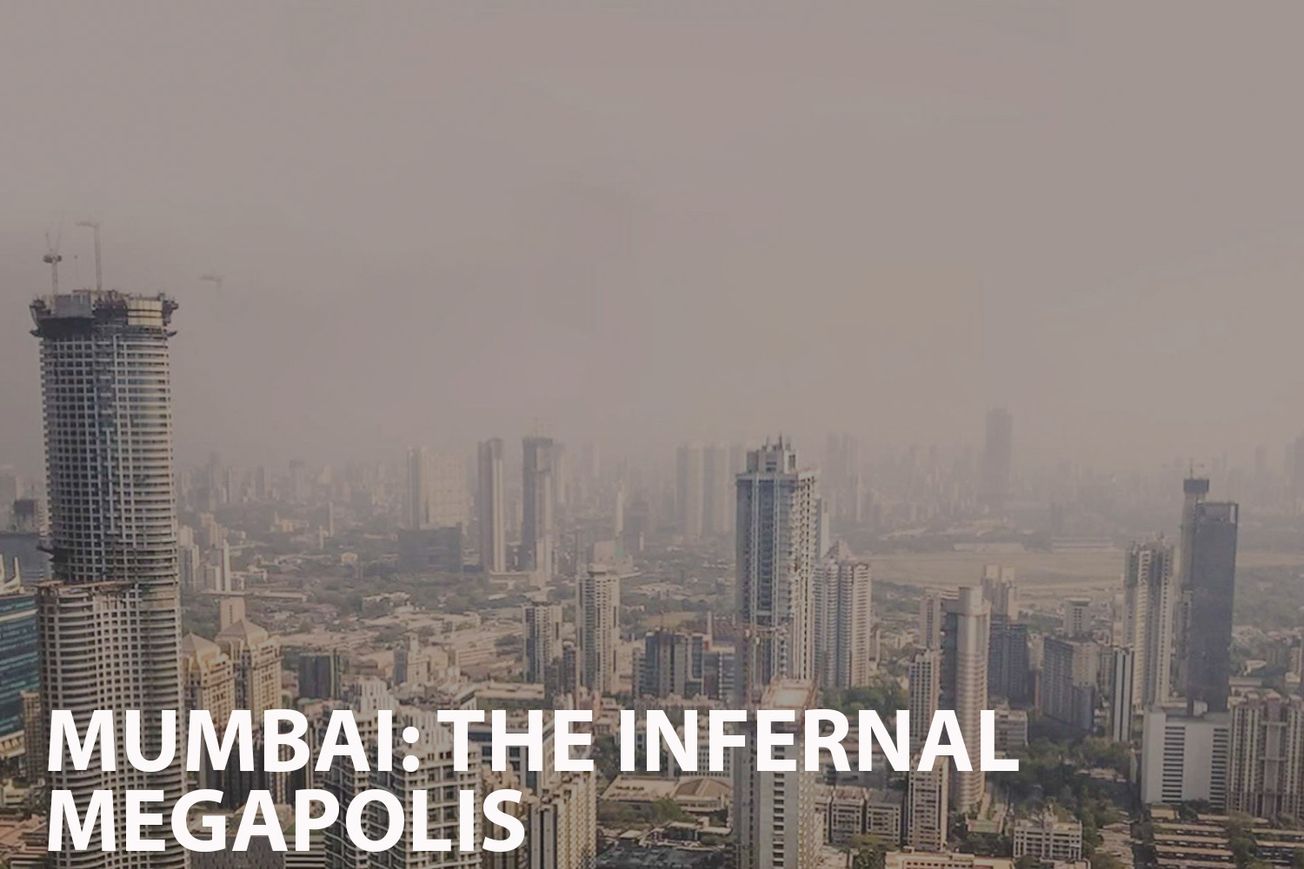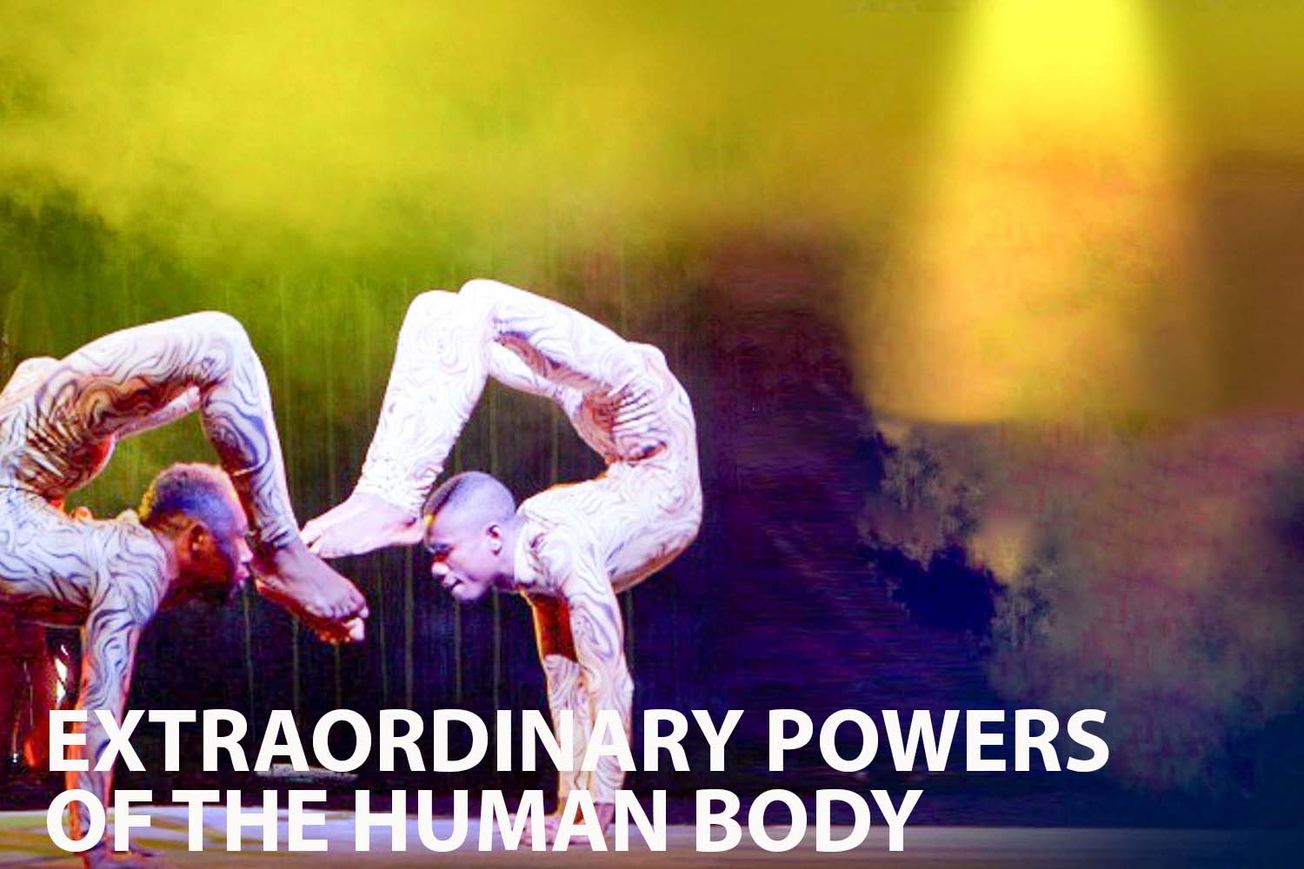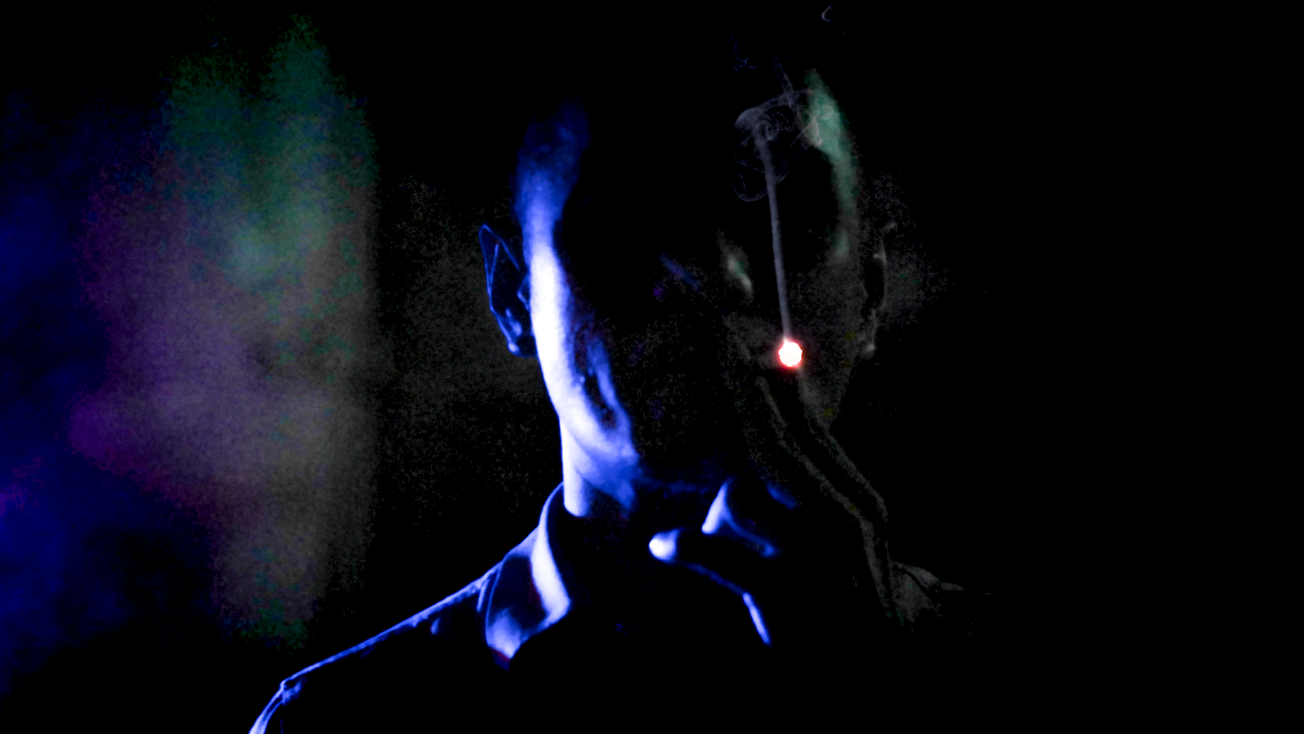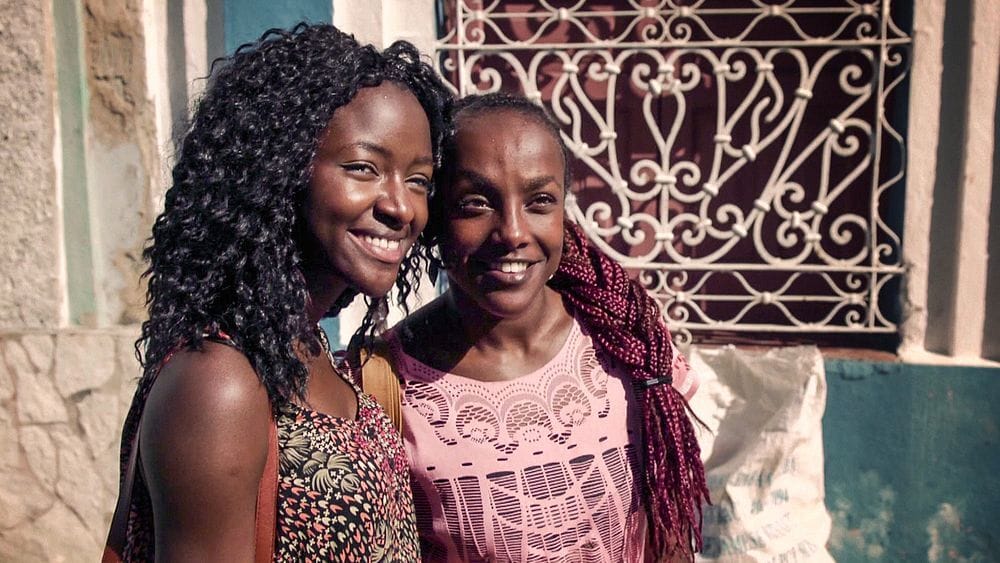Keywords: #387, Documentary, Migrants, Sea, Identification, Human Rights, Global Issues. Three Words: Tragic, Poignant, Humanizing.
Introduction
"#387", directed by Madeleine Leroyer and released in 2019, is a gripping documentary that explores the tragic fate of forgotten migrants who perished at sea. In today's climate of increasing global migration and its challenges, this documentary holds significant relevance, shedding light on the often overlooked human aspect of this crisis.
Synopsis
The film tells the poignant story of dedicated medical examiners who strive to restore dignity to the unidentified migrants who lost their lives in their perilous journey across the sea. They endeavour to give these lost souls a name, a memory, and a rightful place in our collective consciousness.
More Film Analysis
Analysis
The documentary adopts an investigative approach, delving deep into the complex process of identifying the deceased migrants. It is commendable for its meticulous research, profound exploration of the subject, and its emotive presentation style that engages the viewers on a personal level.
Historical and Factual Context
The documentary is set against the backdrop of the ongoing global migrant crisis, particularly focusing on the perilous sea routes often undertaken by migrants. It provides a grim picture of the realities faced by those fleeing conflict, persecution, or economic hardship in their home countries.
Key themes in the film
- The Human Cost of Migration: The documentary underscores the tragic human consequences of global migration crises.
- Dignity in Death: It emphasizes the importance of recognizing and respecting the individuality of each migrant, even in death.
- Global Responsibility: The film subtly advocates for a collective global response to address this human tragedy.
Film Comparisons
Compared to other documentaries on iWonder that tackle the migrant crisis, "#387" stands out for its unique focus on the posthumous identification process, offering a different perspective on this global issue.
Noteworthy Moments
One impactful moment in the documentary is when the medical examiners successfully identify a migrant and connect with their family, a poignant reminder of the individual human lives behind the statistics.
Reviews
While audience and critical reviews are mixed, many praise the documentary for its sensitive handling of a difficult subject, and its ability to humanize the often faceless victims of the migrant crisis.
Conclusion
"#387" is a powerful documentary that offers a unique perspective on the human cost of the global migrant crisis. It is a must-watch for anyone interested in human rights, global issues, or simply those who appreciate a deeply moving, human story.
More film information:
FILM SUMMARY
- Genre: Documentary
PERSONALITIES
- Madeleine Leroyer: The director of the documentary, known for her sensitive and poignant storytelling.
LOCATIONS
- Forensic Laboratory: The primary setting where the identification process takes place.
- Migrant Sea Routes: The dangerous paths that the migrants took, leading to their tragic end.
Key Questions Raised by the Film
- What can be done to humanize the statistics in the global migration crisis?
- How can the posthumous identification process be improved?
Links for Further Exploration
I wonder what the film would be in another art form



- A famous book, it would be "The Old Man and the Sea" by Ernest Hemingway - both tell tales of struggle and loss at sea.
- A famous song, it would be "Help!" by The Beatles - echoing the desperate cries for help from the migrants.
- A famous piece of art, it would be Picasso's "The Weeping Woman" - both encapsulate profound sorrow and despair.
- A famous celebrity, it would be Angelina Jolie - a strong advocate for refugees and displaced persons.
- A colour, it would be deep blue - symbolizing the vast, merciless sea where the tragedy unfolds.
- A music style, it would be a requiem - a solemn and sorrowful composition that honors the dead.








